Citibank 2012 Annual Report Download - page 122
Download and view the complete annual report
Please find page 122 of the 2012 Citibank annual report below. You can navigate through the pages in the report by either clicking on the pages listed below, or by using the keyword search tool below to find specific information within the annual report.-
 1
1 -
 2
2 -
 3
3 -
 4
4 -
 5
5 -
 6
6 -
 7
7 -
 8
8 -
 9
9 -
 10
10 -
 11
11 -
 12
12 -
 13
13 -
 14
14 -
 15
15 -
 16
16 -
 17
17 -
 18
18 -
 19
19 -
 20
20 -
 21
21 -
 22
22 -
 23
23 -
 24
24 -
 25
25 -
 26
26 -
 27
27 -
 28
28 -
 29
29 -
 30
30 -
 31
31 -
 32
32 -
 33
33 -
 34
34 -
 35
35 -
 36
36 -
 37
37 -
 38
38 -
 39
39 -
 40
40 -
 41
41 -
 42
42 -
 43
43 -
 44
44 -
 45
45 -
 46
46 -
 47
47 -
 48
48 -
 49
49 -
 50
50 -
 51
51 -
 52
52 -
 53
53 -
 54
54 -
 55
55 -
 56
56 -
 57
57 -
 58
58 -
 59
59 -
 60
60 -
 61
61 -
 62
62 -
 63
63 -
 64
64 -
 65
65 -
 66
66 -
 67
67 -
 68
68 -
 69
69 -
 70
70 -
 71
71 -
 72
72 -
 73
73 -
 74
74 -
 75
75 -
 76
76 -
 77
77 -
 78
78 -
 79
79 -
 80
80 -
 81
81 -
 82
82 -
 83
83 -
 84
84 -
 85
85 -
 86
86 -
 87
87 -
 88
88 -
 89
89 -
 90
90 -
 91
91 -
 92
92 -
 93
93 -
 94
94 -
 95
95 -
 96
96 -
 97
97 -
 98
98 -
 99
99 -
 100
100 -
 101
101 -
 102
102 -
 103
103 -
 104
104 -
 105
105 -
 106
106 -
 107
107 -
 108
108 -
 109
109 -
 110
110 -
 111
111 -
 112
112 -
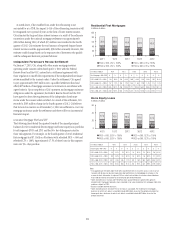 113
113 -
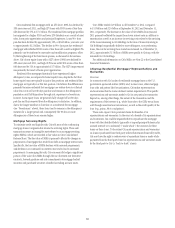 114
114 -
 115
115 -
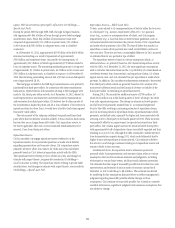 116
116 -
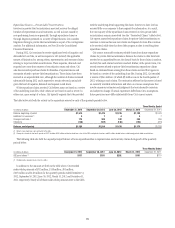 117
117 -
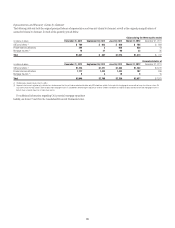 118
118 -
 119
119 -
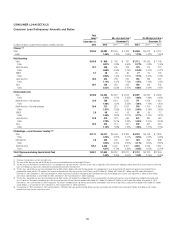 120
120 -
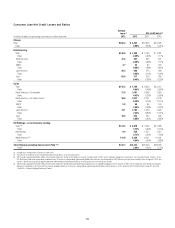 121
121 -
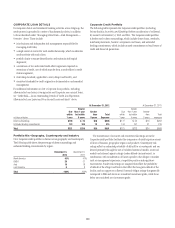 122
122 -
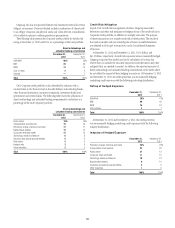 123
123 -
 124
124 -
 125
125 -
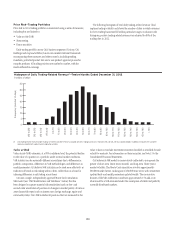 126
126 -
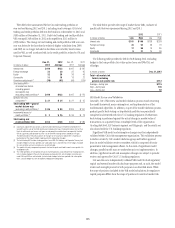 127
127 -
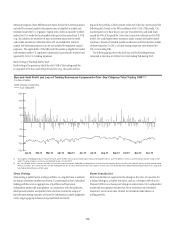 128
128 -
 129
129 -
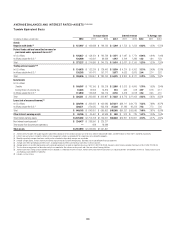 130
130 -
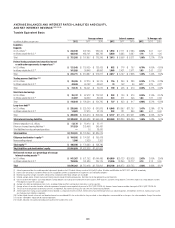 131
131 -
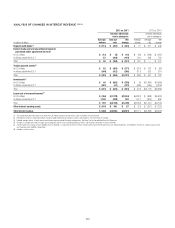 132
132 -
 133
133 -
 134
134 -
 135
135 -
 136
136 -
 137
137 -
 138
138 -
 139
139 -
 140
140 -
 141
141 -
 142
142 -
 143
143 -
 144
144 -
 145
145 -
 146
146 -
 147
147 -
 148
148 -
 149
149 -
 150
150 -
 151
151 -
 152
152 -
 153
153 -
 154
154 -
 155
155 -
 156
156 -
 157
157 -
 158
158 -
 159
159 -
 160
160 -
 161
161 -
 162
162 -
 163
163 -
 164
164 -
 165
165 -
 166
166 -
 167
167 -
 168
168 -
 169
169 -
 170
170 -
 171
171 -
 172
172 -
 173
173 -
 174
174 -
 175
175 -
 176
176 -
 177
177 -
 178
178 -
 179
179 -
 180
180 -
 181
181 -
 182
182 -
 183
183 -
 184
184 -
 185
185 -
 186
186 -
 187
187 -
 188
188 -
 189
189 -
 190
190 -
 191
191 -
 192
192 -
 193
193 -
 194
194 -
 195
195 -
 196
196 -
 197
197 -
 198
198 -
 199
199 -
 200
200 -
 201
201 -
 202
202 -
 203
203 -
 204
204 -
 205
205 -
 206
206 -
 207
207 -
 208
208 -
 209
209 -
 210
210 -
 211
211 -
 212
212 -
 213
213 -
 214
214 -
 215
215 -
 216
216 -
 217
217 -
 218
218 -
 219
219 -
 220
220 -
 221
221 -
 222
222 -
 223
223 -
 224
224 -
 225
225 -
 226
226 -
 227
227 -
 228
228 -
 229
229 -
 230
230 -
 231
231 -
 232
232 -
 233
233 -
 234
234 -
 235
235 -
 236
236 -
 237
237 -
 238
238 -
 239
239 -
 240
240 -
 241
241 -
 242
242 -
 243
243 -
 244
244 -
 245
245 -
 246
246 -
 247
247 -
 248
248 -
 249
249 -
 250
250 -
 251
251 -
 252
252 -
 253
253 -
 254
254 -
 255
255 -
 256
256 -
 257
257 -
 258
258 -
 259
259 -
 260
260 -
 261
261 -
 262
262 -
 263
263 -
 264
264 -
 265
265 -
 266
266 -
 267
267 -
 268
268 -
 269
269 -
 270
270 -
 271
271 -
 272
272 -
 273
273 -
 274
274 -
 275
275 -
 276
276 -
 277
277 -
 278
278 -
 279
279 -
 280
280 -
 281
281 -
 282
282 -
 283
283 -
 284
284 -
 285
285 -
 286
286 -
 287
287 -
 288
288 -
 289
289 -
 290
290 -
 291
291 -
 292
292 -
 293
293 -
 294
294 -
 295
295 -
 296
296 -
 297
297 -
 298
298 -
 299
299 -
 300
300 -
 301
301 -
 302
302 -
 303
303 -
 304
304 -
 305
305 -
 306
306 -
 307
307 -
 308
308 -
 309
309 -
 310
310 -
 311
311 -
 312
312 -
 313
313 -
 314
314 -
 315
315 -
 316
316 -
 317
317 -
 318
318 -
 319
319 -
 320
320 -
 321
321 -
 322
322 -
 323
323 -
 324
324
 |
 |

100
CORPORATE LOAN DETAILS
For corporate clients and investment banking activities across Citigroup, the
credit process is grounded in a series of fundamental policies, in addition
to those described under “Managing Global Risk—Risk Management—
Overview” above. These include:
• joint business and independent risk management responsibility for
managing credit risks;
• a single center of control for each credit relationship, which coordinates
credit activities with each client;
• portfolio limits to ensure diversification and maintain risk/capital
alignment;
• a minimum of two authorized credit officer signatures required on
extensions of credit, one of which must be from a credit officer in credit
risk management;
• risk rating standards, applicable to every obligor and facility; and
• consistent standards for credit origination documentation and remedial
management.
For additional information on Citi’s Corporate loan portfolio, including
allowance for loan losses, coverage ratios and Corporate non-accrual loans,
see “Credit Risk—Loans Outstanding, Details of Credit Loss Experience,
Allowance for Loan Losses and Non-Accrual Loans and Assets” above.
Corporate Credit Portfolio
The following table represents the Corporate credit portfolio (excluding
Private Bank in Securities and Banking) before consideration of collateral,
by maturity at December 31, 2012 and 2011. The Corporate credit portfolio
is broken out by direct outstandings, which include drawn loans, overdrafts,
interbank placements, bankers’ acceptances and leases, and unfunded
lending commitments, which include unused commitments to lend, letters of
credit and financial guarantees.
At December 31, 2012 At December 31, 2011
In billions of dollars
Due
within
1 year
Greater
than 1 year
but within
5 years
Greater
than
5 years
Total
Exposure
Due
within
1 year
Greater
than 1 year
but within
5 years
Greater
than
5 years
Total
exposure
Direct outstandings $198 $ 70 $18 $286 $177 $ 62 $13 $252
Unfunded lending commitments 123 180 12 315 144 151 21 316
Total $321 $250 $30 $601 $321 $213 $34 $568
Portfolio Mix—Geography, Counterparty and Industry
Citi’s Corporate credit portfolio is diverse across geography and counterparty.
The following table shows the percentage of direct outstandings and
unfunded lending commitments by region:
December 31,
2012
December 31,
2011
North America 45% 47%
EMEA 29 27
Asia 18 18
Latin America 88
Total 100% 100%
The maintenance of accurate and consistent risk ratings across the
Corporate credit portfolio facilitates the comparison of credit exposure across
all lines of business, geographic regions and products. Counterparty risk
ratings reflect an estimated probability of default for a counterparty and are
derived primarily through the use of validated statistical models, scorecard
models and external agency ratings (under defined circumstances), in
combination with consideration of factors specific to the obligor or market,
such as management experience, competitive position and regulatory
environment. Facility risk ratings are assigned that reflect the probability
of default of the obligor and factors that affect the loss-given-default of the
facility, such as support or collateral. Internal obligor ratings that generally
correspond to BBB and above are considered investment grade, while those
below are considered non-investment grade.
